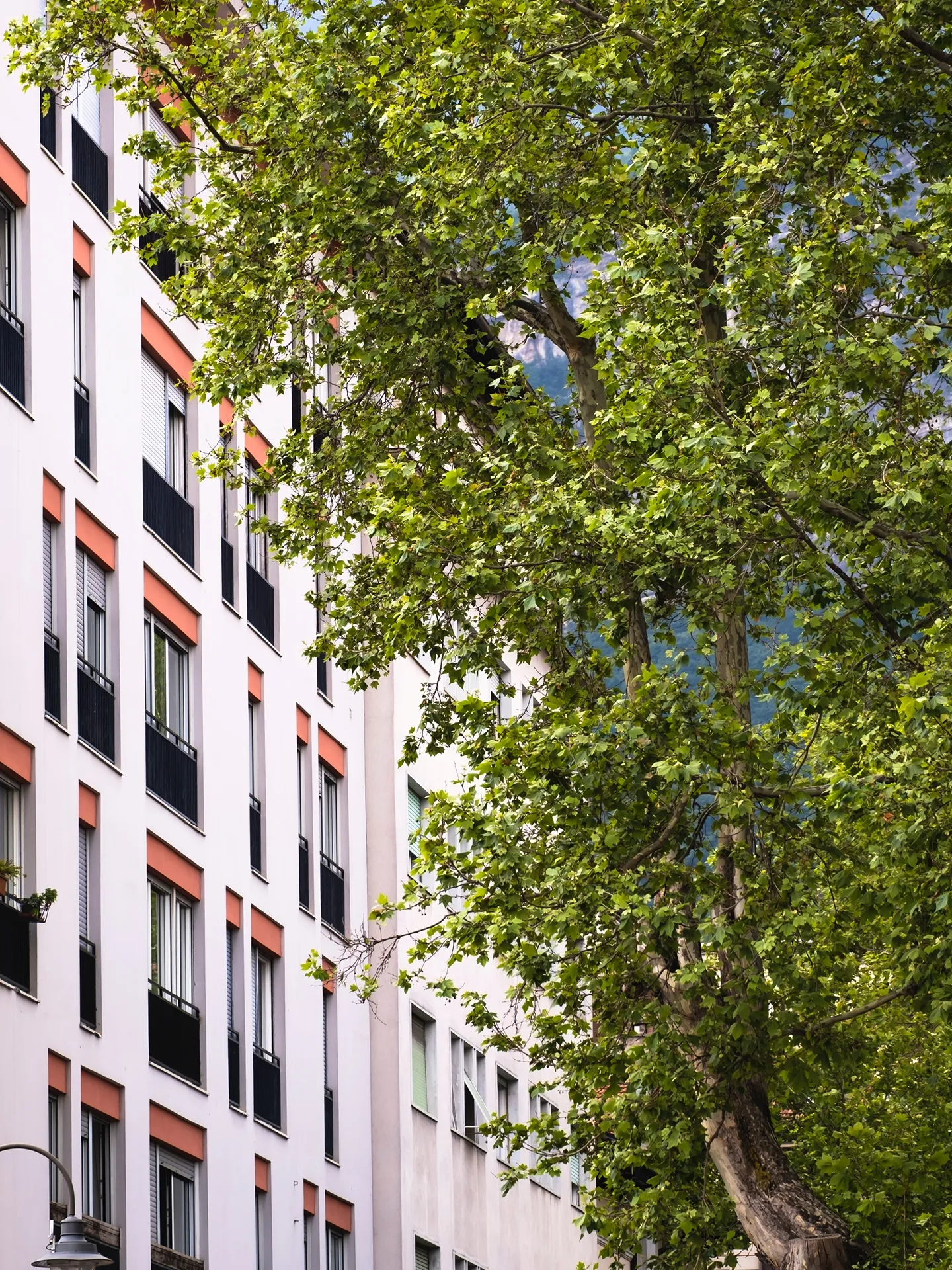Specifically, men should consider the following:
How do you brush and floss your teeth at home?
According to the American Dental Association (ADA) and the American Academy of Periodontology, men are less likely than women to successfully wash and floss their teeth regularly. As dentists, we recommend brushing at least twice a day, once in the morning and once in the evening, to prevent cavities and gum disease. However, fewer men than women follow this recommendation.
When was your last physical exam?
Men are less likely to seek preventive care for their dental health than women. To maintain dental health, twice-yearly checkups and cleanings are suggested. However, more men than women forgo preventative cleanings and visit the dentist only when they experience discomfort or another oral health issue.
According to our post on dental myths, cavities and other disorders may not usually cause pain immediately. Some problems create no pain at all. By the time you discover pain or a problem, the condition may be more advanced and complicated, limiting your treatment options and increasing the amount of time and money required for treatment.
You feel great, so what's the issue?
Unfortunately, men are more likely to get periodontal disease due to poor oral hygiene. According to the American Dental Association, 34% of males between the ages of 30 and 54 suffer from periodontal disease, compared to 23% of women in the same age group. The same is true for those over 55 years old, where 56 per cent of men and 44 per cent of women are affected. By age 72, the average guy will have lost 5.4 teeth. According to the Academy of General Dentistry, a smoker might anticipate losing 12 teeth by the age of 72.
Do You Use Tobacco?
In general, men are more susceptible to gum disease and oral cancer. If you're a man who smokes or chews tobacco, your risk is significantly higher. These goods include carcinogens that are directly connected to mouth cancer. Cancer can strike at any age, but 95 per cent of oral cancers strike after the age of 40. Detecting cancer at the earliest possible stage is essential. Typically, a screening for oral cancer is part of the examination that follows a dental cleaning. This screening is a sufficient incentive to visit the dentist regularly.





















